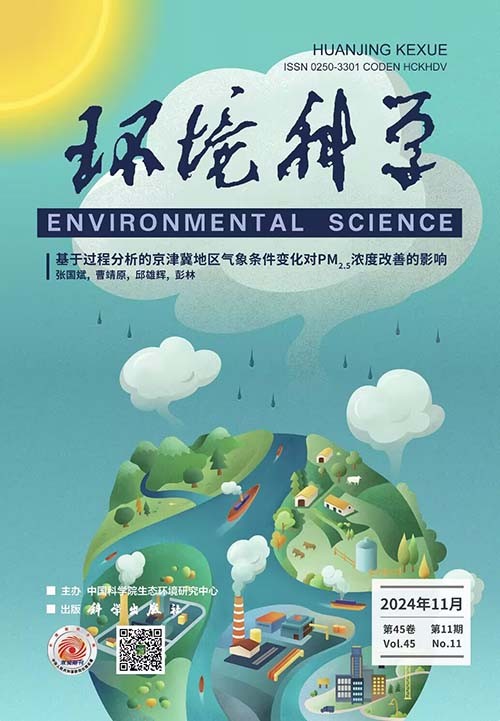[Effects of Combined Application of Chemical Fertilizer and Organic Materials on Organic Carbon Mineralization in Latosol and Associated Driving Factors].
Abstract
The objective of this study was to explore the characteristics of soil organic carbon (SOC) mineralization of latosol subjected to continuous application of chemical fertilizers in combination with various organic materials. Soils were sampled from a typical pepper-corn rotation system in Hainan Province, where five treatments were established five years ago: a control (CK), chemical fertilizer alone (NPK), chemical fertilizer combined with corn straw (NPK+S), chemical fertilizer combined with biochar (NPK+B), and chemical fertilizer combined with sheep manure (NPK+M). Then, a controlled indoor mineralization experiment was conducted. The driving factors of SOC mineralization were analyzed by measuring carbon conversion-related enzyme activities and the 13C nuclear magnetic resonance method. The results revealed that the combined application of organic materials significantly increased the contents of SOC, dissolved organic carbon (DOC), and microbial biomass carbon (MBC) by 3.32%-75.08%, 219.32%-477.30%, and 5.12%-52.78% compared to the NPK treatment, respectively. Among these treatments, NPK+B had the greatest impact on enhancing SOC content, while NPK+M significantly increased MBC and DOC levels. Furthermore, NPK combined with organic materials significantly enhanced cumulative SOC mineralization by 86.83%-280.94%, following the order NPK+M>NPK+S>NPK+B. Compared with the NPK treatment, NPK+B treatment significantly increased the ratio of hydrophobic carbon to hydrophilic carbon and aromaticity by 48.31% and 105.89%, respectively. The NPK+M treatment significantly increased soil β-glucosidase (BG), cellulase (CL), and sucrase (SC) activities (P<0.05), whereas NPK+S notably enhanced CL and SC enzyme activities (P<0.05). By contrast, the NPK+B treatment exhibited relatively lower BG, POD, and SC enzyme activities. The structure equation model showed that soil active carbon components and carbon conversion-related enzyme activity directly regulated SOC mineralization. Both redundancy analysis and correlation analysis further revealed that cumulative SOC mineralization was strongly positively correlated with the contents of MBC and DOC and the activities of BG and SC. Consequently, the combination of chemical fertilizer with biochar appears to be the most effective approach for increasing the SOC content of latosol by enhancing recalcitrant carbon components and reducing carbon-converting enzyme activities, thereby resulting in relative lower organic carbon mineralization. The results of this study provide valuable scientific insights for optimizing fertilization strategies and enhancing carbon sequestration potential in tropical farmlands.

 求助内容:
求助内容: 应助结果提醒方式:
应助结果提醒方式:


